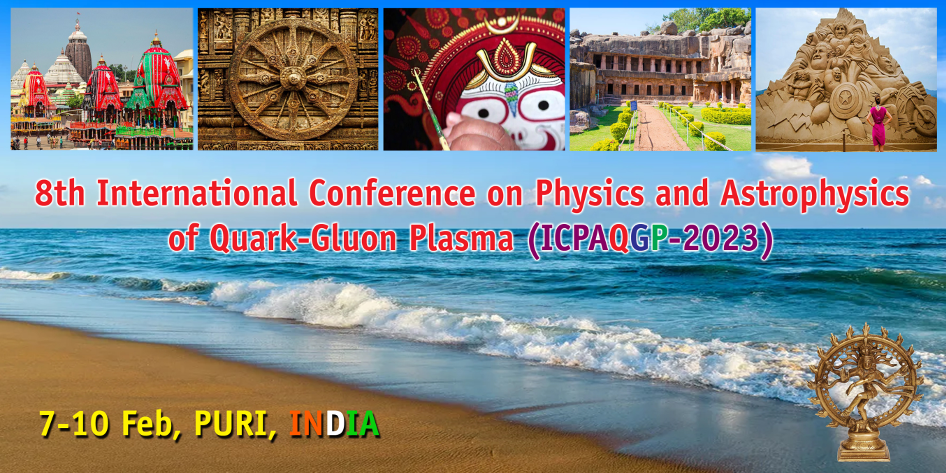Speaker
Description
The investigation on hot-dense QCD medium in ultra-relativistic collisions is non-trivial. It is believed that asymptotically free quark-gluon plasma came into existence after a few microseconds of the "Big bang" when energy and matter densities were enormously high. The essential characteristic of the strongly interacting quarks-gluons plasma phase is collective behavior. Observations in various heavy-ion collisions at RHIC and LHC energies have exhibited such demeanor. The other observations, like strangeness enhancement, also support the existence of quark-gluon plasma in heavy-ion collisions. In comparison, the sight of QGP in $p+p$ collisions is ignored so far due to the lack of particle number density in $p+p$ collisions. Thus over the decades, the $p+p$ collision system served as a baseline for heavy-ion collisions and helped reveal the unconventional behavior of the heavy-ion collisions. In contrast to that, recently, collective behavior and strangeness enhancement have been observed in $p+p$ collisions at the LHC energies. These observations suggest that the existence of a QGP-like medium in small systems cannot be ruled out completely if collision energy is large enough. Inspired by these observations, we attempt to investigate the existence of a QGP-like medium in $p+p$ collisions through charmonia suppression at $\sqrt{s} = $ 5.02, 7, and 13 TeV collisions energies. We employ 1+1D second-order viscous hydrodynamics to obtain the temperature cooling law for the QGP medium evolution. Further, we use the Unified Model of Quarkonia Suppression (UMQS) to explain the experimental data available corresponding to normalized charmonium yield $\left(\frac{dN_{J/\psi}/d\eta}{< dN_{J/\psi}/d\eta>}\right)$ with respect to the normalized charged-particle multiplicity $\left(\frac{dN_{ch}/d\eta}{< dN_{ch}/d\eta>}\right)$. Our UMQS model contains possible QGP effects such as color screening, collisional damping, and gluonic dissociation; these effects reduce the quarkonia yield in ultrarelativistic collisions. The regeneration of charmonia is also considered in this model through detailed balanced to counter the suppression effects. Our model explains the charmonia normalized data with a reasonably good agreement, while PYTHIA and other models deviate at high net charged particle multiplicity ends. Our theoretical study supports the idea of the existence of a QGP-like medium in $p+p$ collisions.

